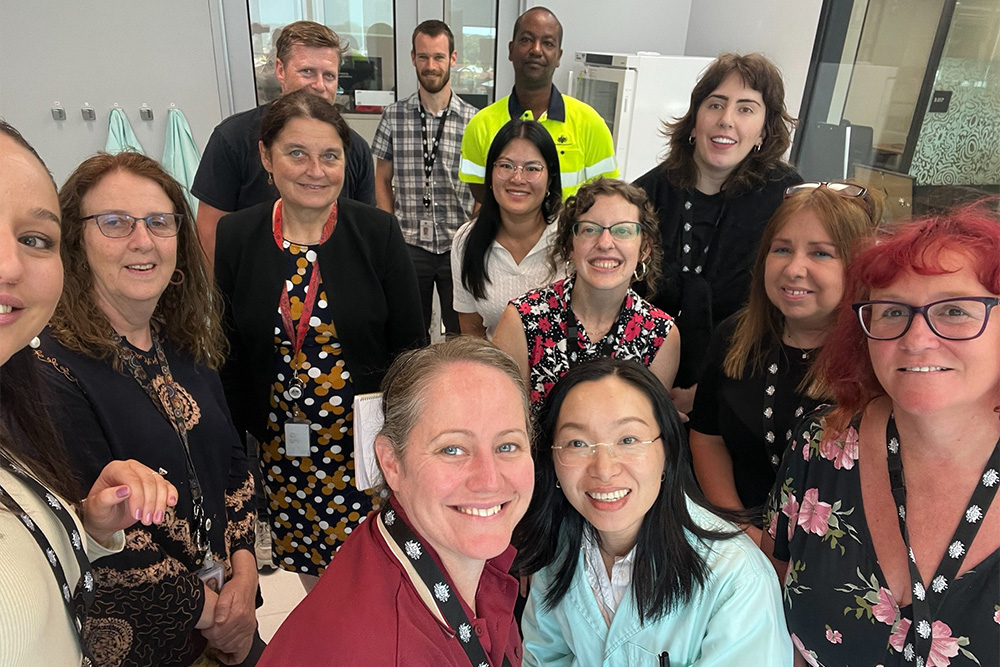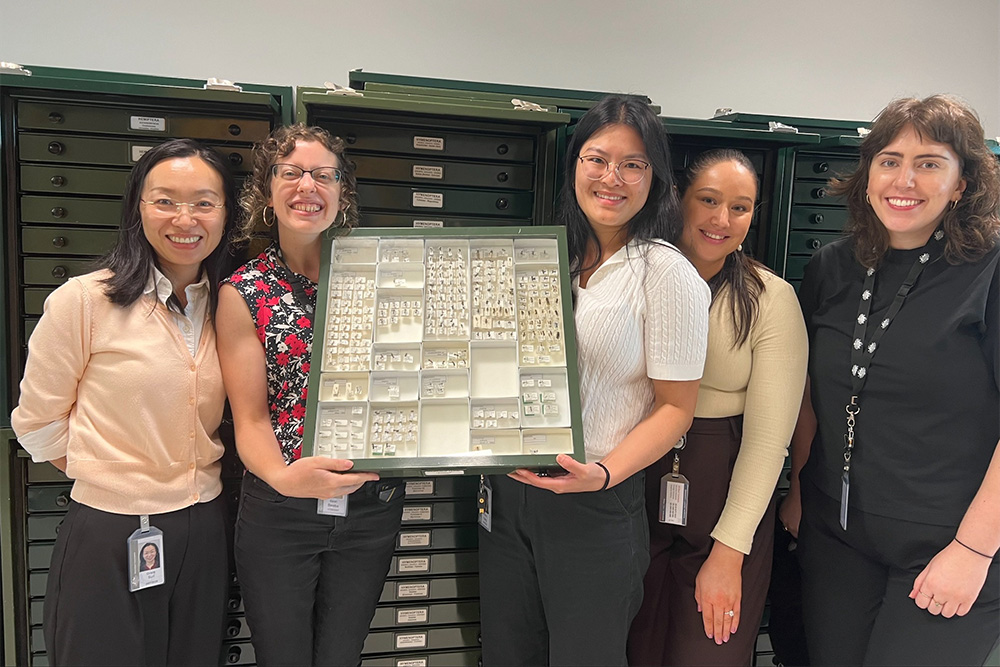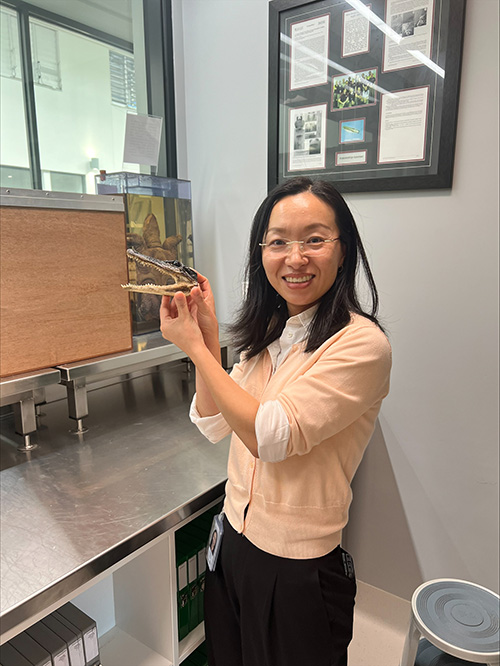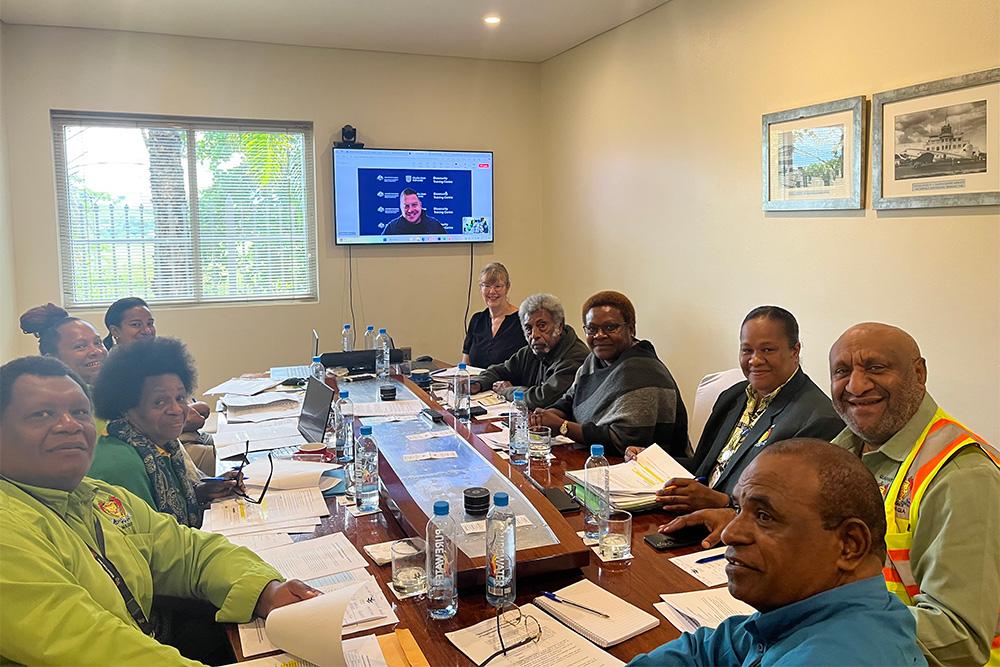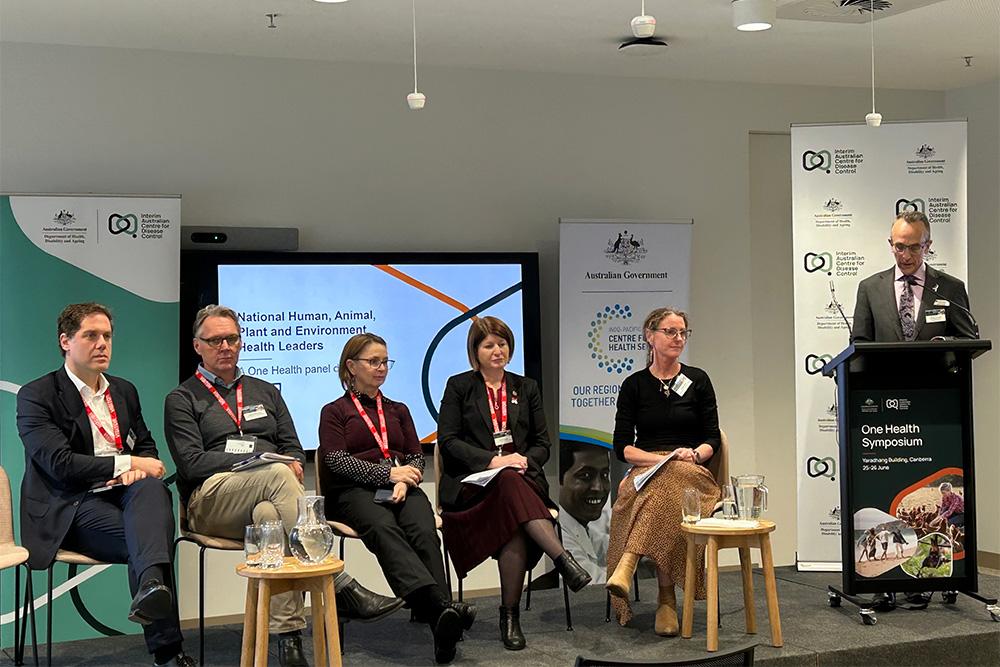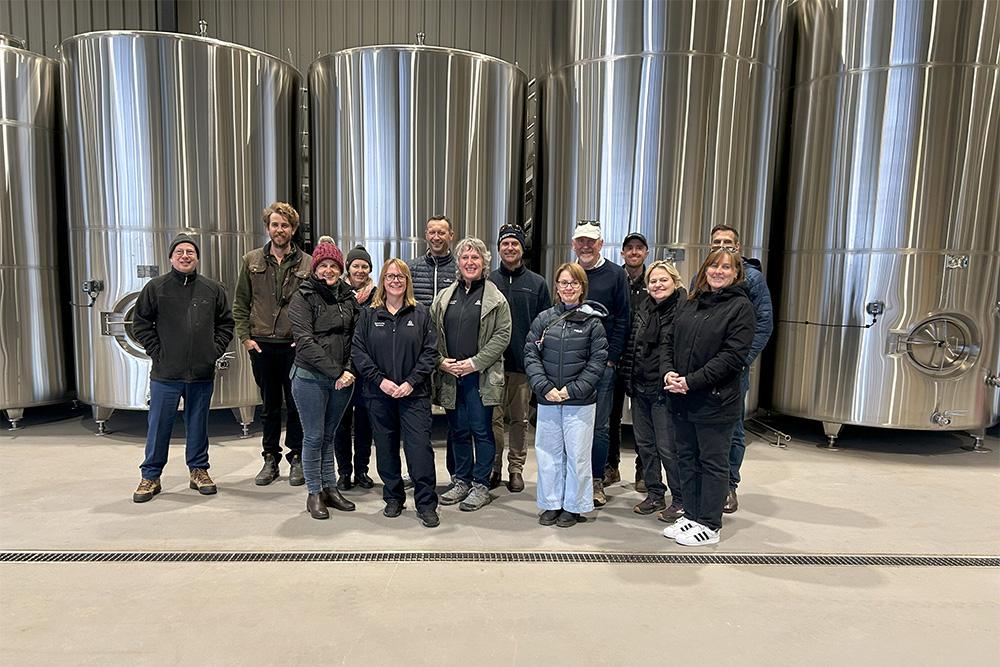At the department’s diagnostic laboratory in Melbourne, Senior Molecular Biologist Grace Sun and colleagues Komal Gurdasani, Umar Muhammad, Brodie Sutcliffe, Jesse Pinguinha and Brad Pease are utilising the latest diagnostic technology to help protect Australia from potentially harmful plant pests and diseases.
The laboratory team, whose molecular specialists were brought on as part of the Modern Technologies and Diagnostics Tools measure, are now a permanent part of the biosecurity response team. The team consists of molecular biologists, plant pathologists and entomologists, and they work in collaboration with other departmental staff including those from the Northern Australia Quarantine Strategy.
An important element of the facility’s biosecurity capabilities, is the use of technology that can rapidly identify potential biosecurity threats, such as the identification of bacteria and fungi in imported plant material by comparing sample protein profiles against validated reference libraries.
In February, Grace and the laboratory team hosted staff from the department’s Plant Protection and Environmental Biosecurity Division, Moonee Ponds office for a tour of the facility, to showcase the innovative equipment and laboratory processes.
“During the visit, Cliff Kinoti, Adam Broadley, Catriona Woods, Rachel Eason and I provided insights into key areas, including surveillance, entomology, plant pathology, molecular diagnostics, and laboratory management at the border laboratory,” explained Grace.
The laboratory demonstrates the immense benefit of staff collaboration across the inspection, import operations and scientific services areas - all working together as part of our biosecurity system to safeguard Australian agriculture.
“The visit was a valuable opportunity for the team to witness first-hand the critical surveillance and diagnostic work conducted at the laboratory, strengthening collaboration and understanding between teams,” said Grace.
The recent improvements to the laboratory’s diagnostic capabilities were part of the Australian Government's $22 million Modern Technologies and Diagnostic Tools program, which reinforced Australia's commitment to efficient, rapid resolution of biosecurity risk through smart, standardised diagnostic approaches.
